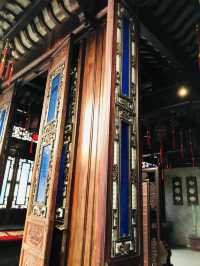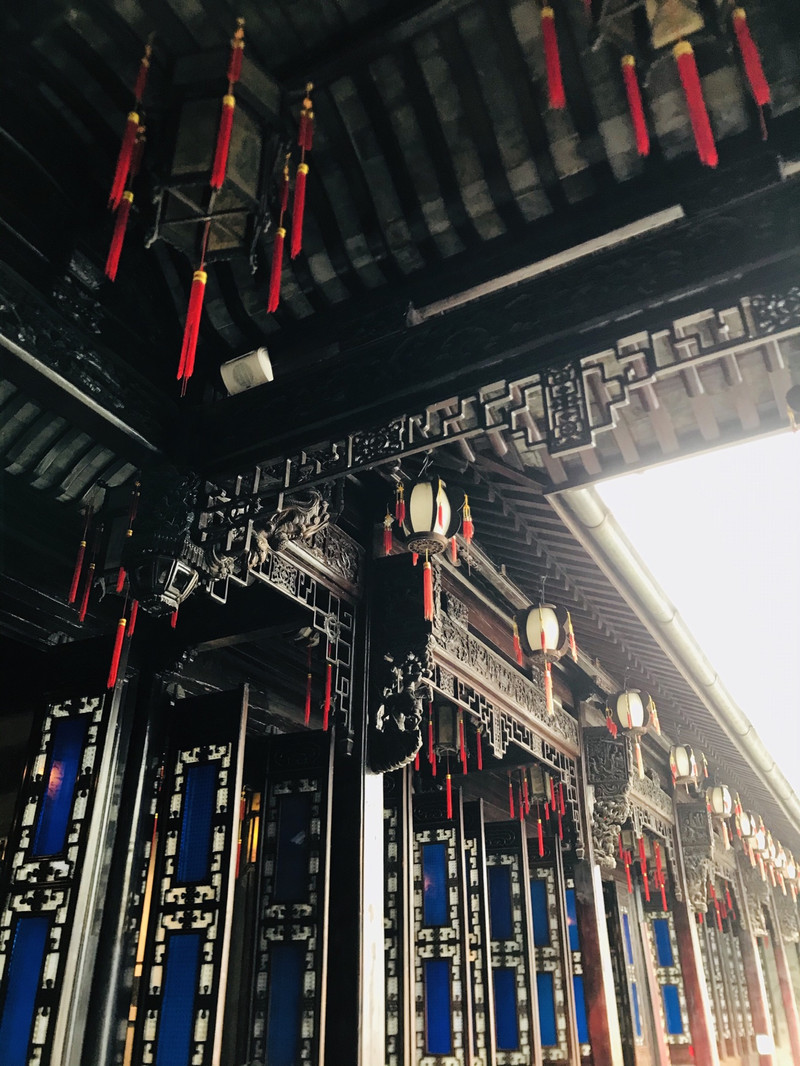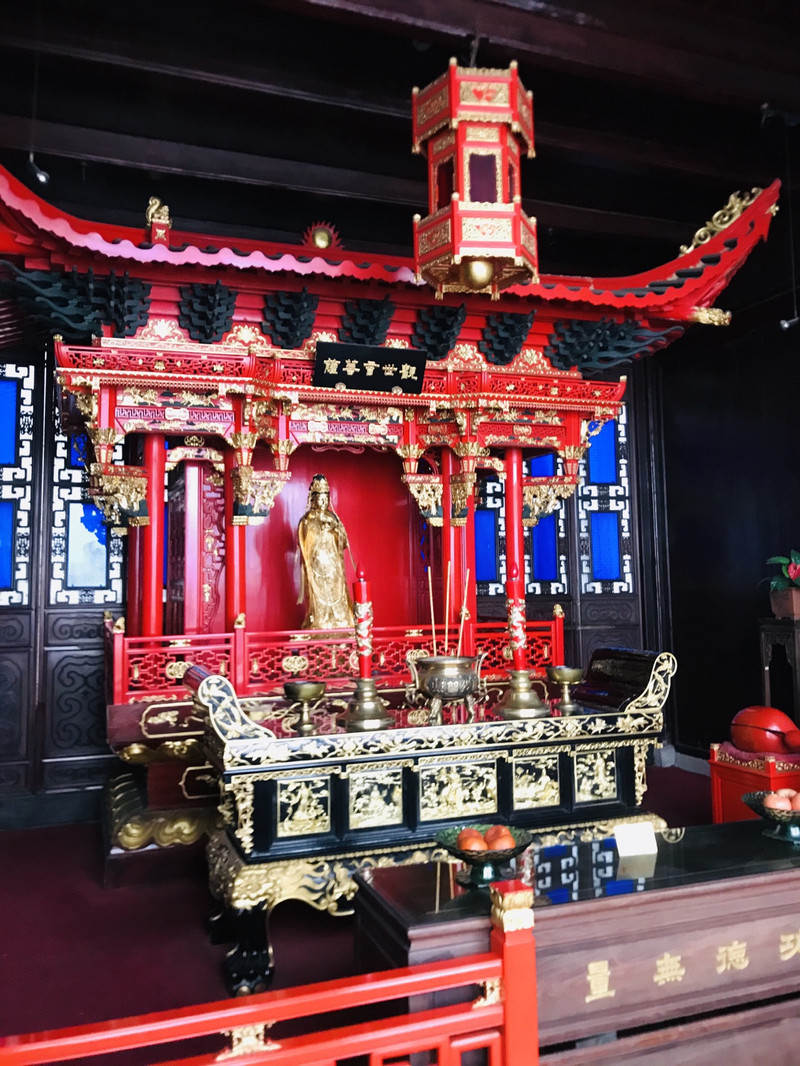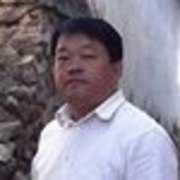The former residence of Hu Xueyan, you can see that the wood materials are very good, and the glass products should be very expensive at the time, so it is worth a visit. I also met people live broadcast. Followed by the explanation. Hu is a big filial son.
;
Hu Xueyan's Former Residence Review
4.7 /51604 Reviews
Popular Destinations
Port Vila Travel | London Travel | New Delhi Travel | Docklands Travel | Hainan Travel | Da Nang Travel | Kyoto Travel | Launceston Travel | Oberon Travel | Thailand Travel | Monaco City Travel | Petermann Travel | Athens Travel | Pattaya Travel | Taipei Travel | Trentino Alto Adige Travel | Tainan Travel | Taiwan Travel | Changbai mountain Travel | Noosa Heads Travel | Nusa Dua Travel | Fukaya Travel | Province of Livorno Travel | Polk County Travel | Shoshone County Travel | Pittsburg Travel | Kakogawa Travel | Tivat Travel | Maidstone Travel | Yakutsk Travel
Recommended Attractions at Popular Destinations
Bangkok attraction near me | Tokyo attraction near me | Manila attraction near me | Hong Kong attraction near me | Seoul attraction near me | Taipei attraction near me | Los Angeles attraction near me | New York attraction near me | Shanghai attraction near me | Shenzhen attraction near me | Kuala Lumpur attraction near me | Osaka attraction near me | Guangzhou attraction near me | Singapore attraction near me | London attraction near me | San Francisco attraction near me | Beijing attraction near me | Macau attraction near me | Bali attraction near me | Ho Chi Minh City attraction near me | Paris attraction near me | Orlando attraction near me | Jakarta attraction near me | Phuket attraction near me | Chicago attraction near me | Toronto attraction near me | Cebu attraction near me | Dallas attraction near me | Istanbul attraction near me | Dubai attraction near me
Popular Attractions
Safari World Bangkok | Babylon Sauna & Spa | Featherdale Sydney Wildlife Park | Temple of Heaven | Chengdu Research Base of Giant Panda Breeding | Hidden Mini Zoo Bali | Gyeongbokgung Palace | SEA LIFE Sydney Aquarium | SEA LIFE Melbourne Aquarium | Tiananmen Square | Phuket FantaSea | Chao Phraya River | Jinshanling Great Wall | Pingle Ancient Town | Margaret River | Bijiang Natural Bridge Scenic Area | Luodai Ancient Town | Skyline Rotorua | Quincy Museum | St. Andrews State Park | Man in the Sea Museum | All Wars Museum | Prairie County Museum & Evelyn Cameron Gallery | Ikeda Memorial Museum | Tomioka White Museum | Everland | Hon Thom Departure Terminal - Sun World Hon Thom Nature Park | Old Phuket Town | Pearl River Night Cruise | LEGOLAND Discovery Centre Hong Kong
Popular Travelogues
Bangkok Travelogue | Tokyo Travelogue | Hong Kong Travelogue | Seoul Travelogue | Los Angeles Travelogue | New York Travelogue | Shanghai Travelogue | Shenzhen Travelogue | Kuala Lumpur Travelogue | Osaka Travelogue | Singapore Travelogue | London Travelogue | Beijing Travelogue | Macau Travelogue | Bali Travelogue | Paris Travelogue | Phuket Travelogue | Toronto Travelogue
Payment Methods
Our Partners
Copyright © 2024 Trip.com Travel Singapore Pte. Ltd. All rights reserved
Site Operator: Trip.com Travel Singapore Pte. Ltd.
Site Operator: Trip.com Travel Singapore Pte. Ltd.
























